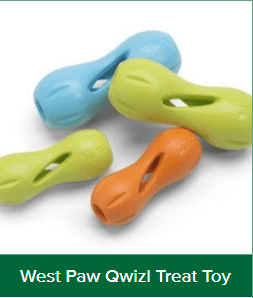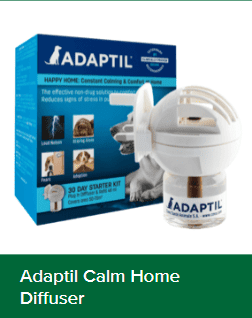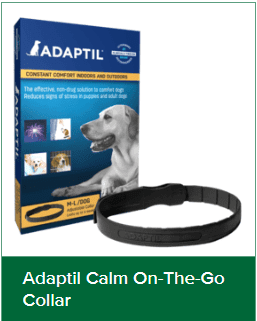During lockdown you may have benefited from the joy of dog ownership. During times of strict social distancing, our dogs have provided us with much needed companionship and friendship. Many of us found our daily routines started to revolve around the dogs as we all came up with ways of keeping ourselves busy, and at times trying to distract ourselves from what was going on in the world around us. The daily walks proved the highlight of the day and we found ourselves spending all day with our dogs. As the lockdown restrictions are lifted, our dogs will have to adapt to being apart from us for longer periods during the day, and as we start to return to the workplace we may start to see signs of separation anxiety in our dogs.
The following are the most common signs of separation anxiety in our dogs;
-Barking and howling when left alone
-Poor appetite
-Destructive behaviour
-Yawning
-Self-harming
-Urinating more
-Panting, pacing and shivering
-Trying to escape
My tips for reducing canine anxiety:
- INDEPENDENCE
Gradually introduce periods of time your dog is on their own. Start by leaving them in another area of the house and build it up to leaving the house for short spells. Crate training is an excellent tool for providing a safe area of isolation for your dog. Crate training should be a gradual process and may take weeks to implement safely for your dog.
- EXCERCISE
Ensure your dog is getting enough physical activity. This is dependent on what type of dog you have. A working dog breed like a Setter may need up to 2 hours of walking, whereas a small Terrier may be happy with a short 30 minute walk. The Irish Kennel Club ( IKC) has some guidelines on how much activity each breed may require.
- TOYS
Mental exercise is as important as physical exercise. There is a variety of interactive toys on the market and I would recommend the Qwizl from west paw, These toys can encourage chewing behaviour. Chewing releases your dog’s happy pheromones and can help them relax. Rotate the toys so that they don’t lose interest as some dogs can bore more easily.
- ENTER AND EXIT THE HOUSE WITHOUT A FUSS
Your dog knows you are leaving the house by recognising a routine. Handling car keys, packing a bag and putting your coat on can all trigger your dog’s anxiety. Try doing these things in a discreet manner and provide your dog with a distraction by using the interactive toys and food bowls. Save your dog’s favourite treat for departure times also. Likewise when you return to the house try not to stimulate them too much. We are trying to get the dog to associate leaving with something fun and positive.
- CALMING AIDS
There are some products on the market which can help calm your dog. “Adaptil’ is a dog pheromone replica that comes in a diffuser, spray and collar. These mimic the chemicals your dog releases when they are most happy. There is also some foods on the market that contain certain proteins (e.g. Tryptophan) that are believed to help calm your dog.
- SEEK ADVICE FROM A VET
If you are worried about these behaviours our team are always happy to talk.
Come in to talk to our friendly staff in person or call us on 061-314203.



